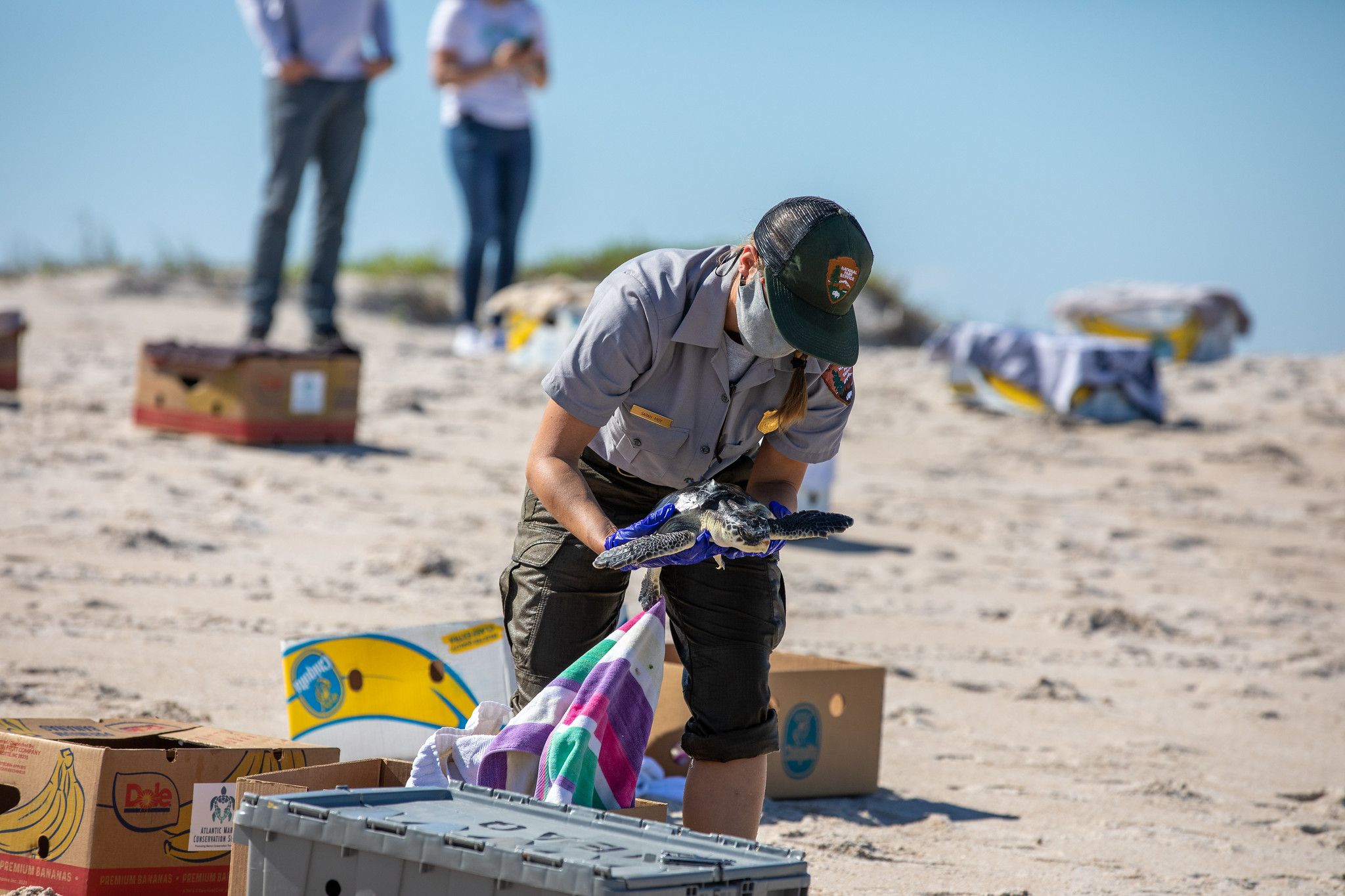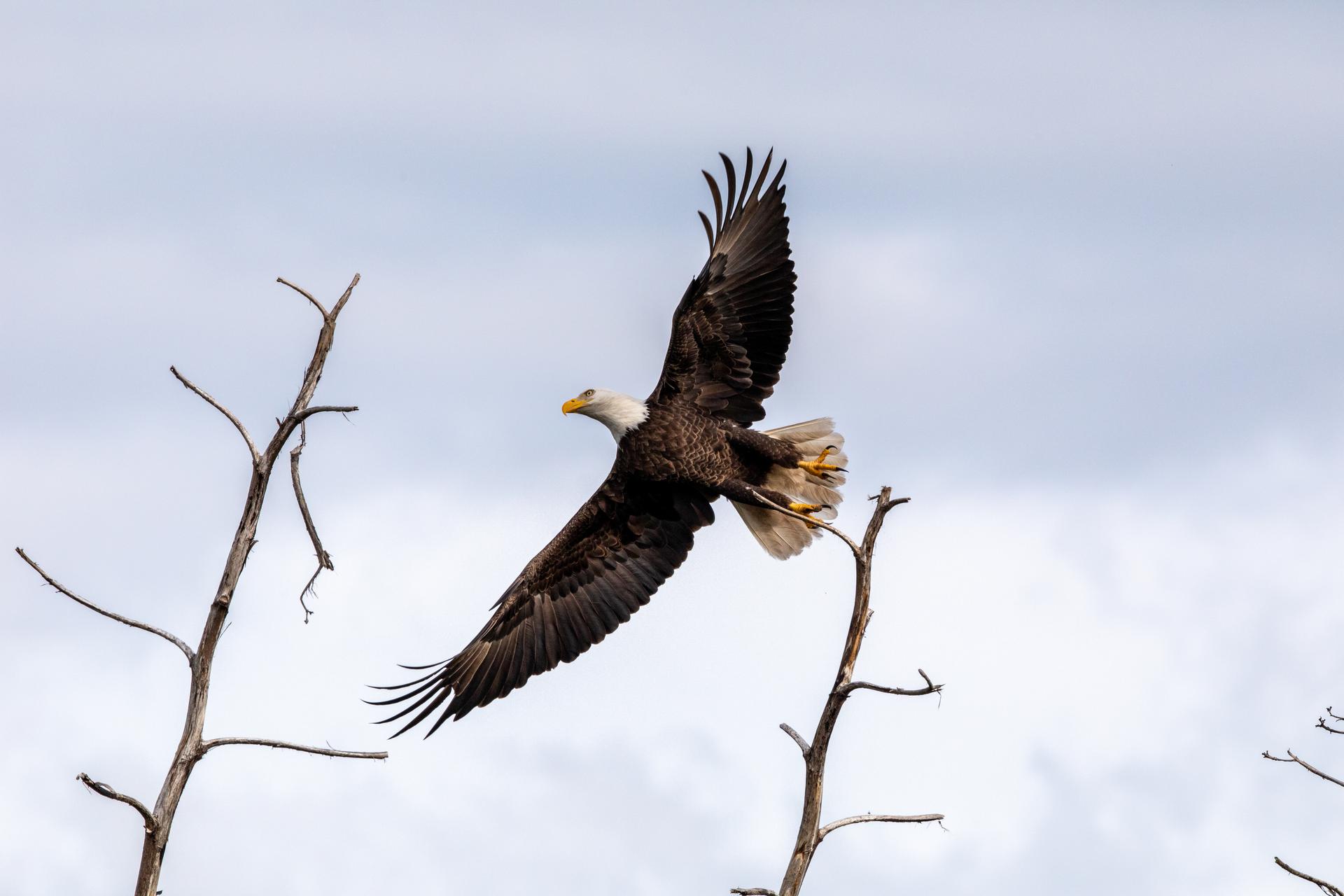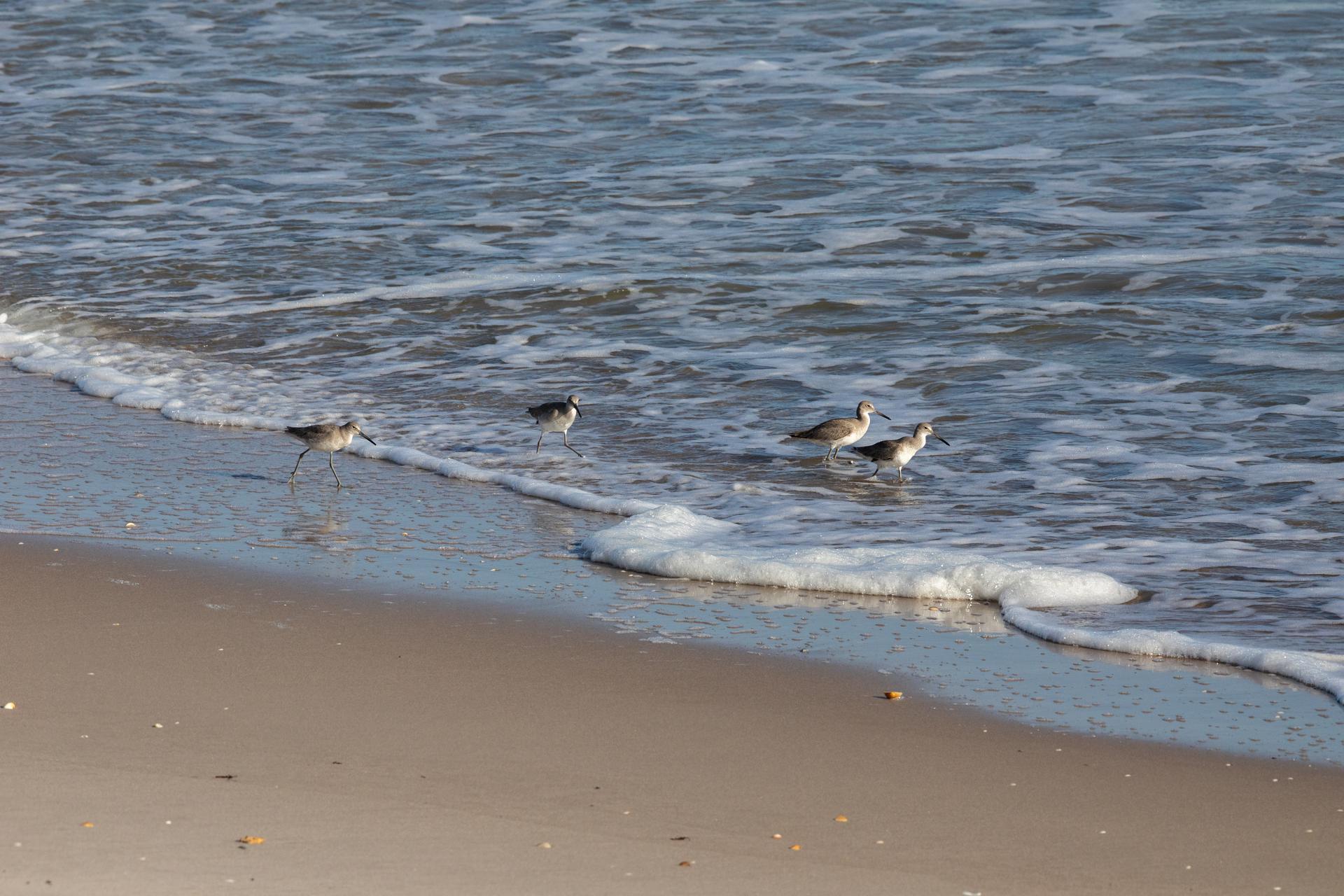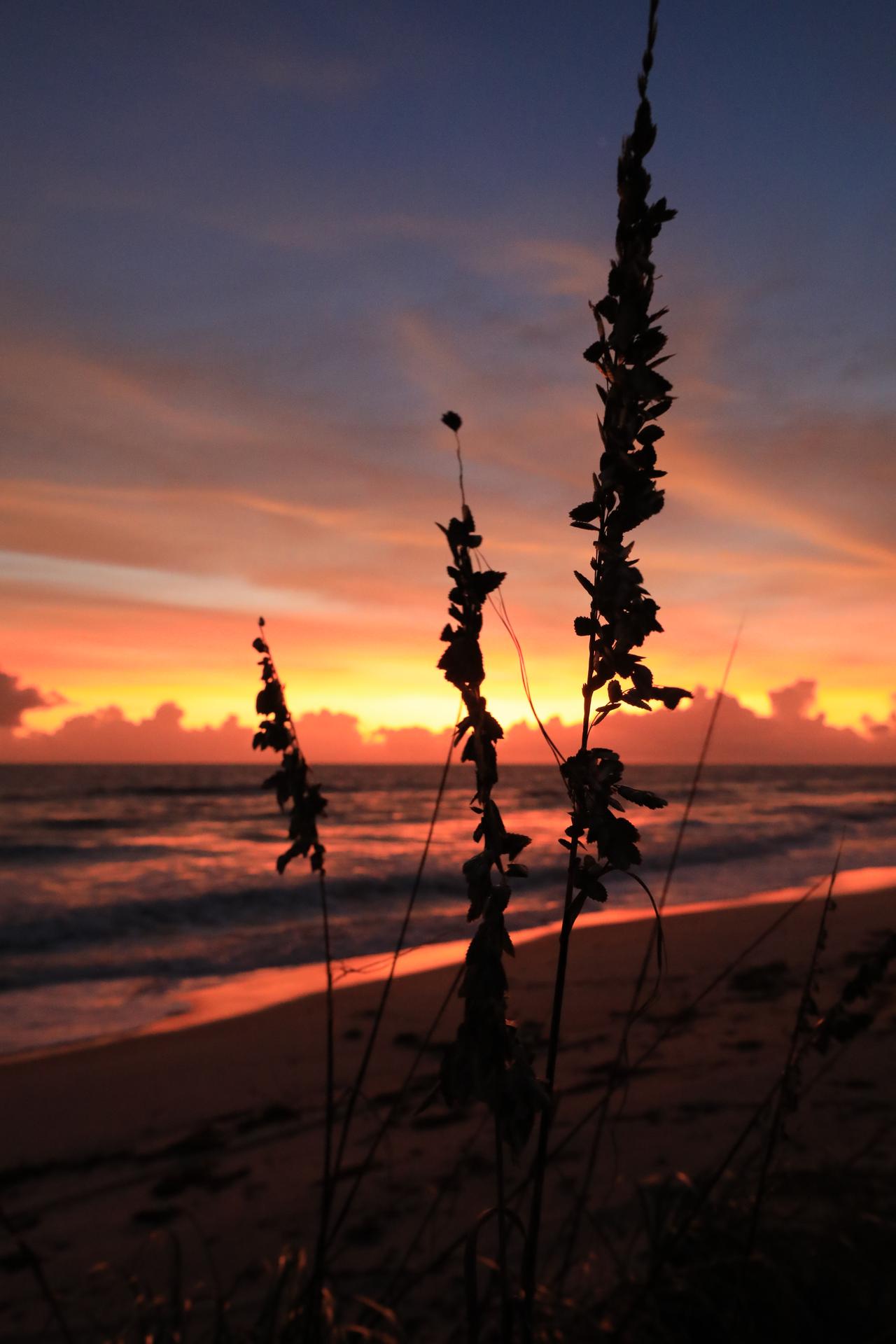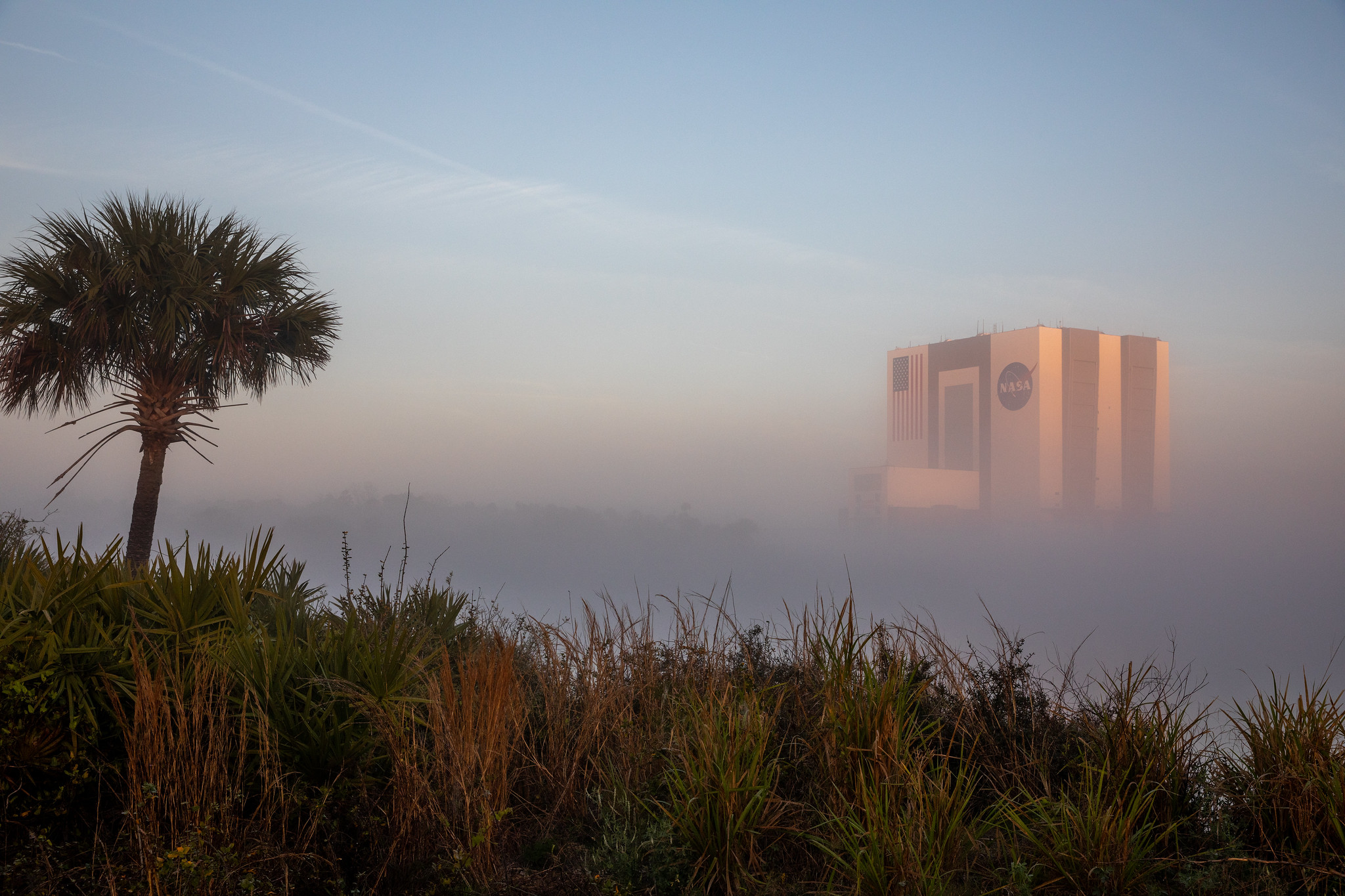
By Jim Cawley
NASA’s Kennedy Space Center
Sustainability and preservation are at the forefront of Kennedy Space Center’s goals. The Florida spaceport is focused on executing NASA’s mission while delivering on dedicated efforts to support local wildlife and vegetation – and our planet.
April 22 marks the 51st annual Earth Day celebration, and it offers an opportunity to highlight the unique natural wonders of the Florida spaceport and the efforts NASA takes to preserve them.
“For us, we’ve never stopped. The work continues, and so does the mission,” said Nick Murdock, Kennedy’s Environmental Management branch chief.
Kennedy shares a boundary with the Merritt Island National Wildlife Refuge and the Canaveral National Seashore. These areas are home to more than 1,500 species of plants and animals, and 15 federally listed species.
The spaceport has had an outstanding partnership with both the U.S. Fish and Wildlife Service and the U.S. National Park Service, which, for decades, have managed the refuge and seashore, respectively, preserving the habitat and its diverse occupants.
“It’s quite a unique relationship,” said Don Dankert, Kennedy’s technical lead for Environmental Planning. “We have different agencies with completely different missions but, through working together, we really make that work – and we make it work well.”
One notable team effort came in February, when more than three dozen sea turtles were transported to Kennedy from rehabilitation facilities in Massachusetts and New York. The turtles were then taken to Canaveral National Seashore and released into the Atlantic Ocean. The space agency partnered with multiple national, state, and local organizations to deliver the previously cold-stunned turtles to the warm, protected waters of Canaveral.
Kennedy also works to protect its coastline, with the second phase of a restoration project planned to wrap up this month. The shoreline projects help protect the critical infrastructure at the spaceport while providing the added benefit of habitat restoration for threatened and endangered species such as gopher tortoises, indigo snakes, scrub jays, and beach mice. Thousands of truckloads of sand and added vegetation help protect and strengthen the dunes to better withstand severe weather, such as hurricanes.
Projects like this help maintain the spaceport’s critical launch capabilities. Energy and Water Conservation Program Manager Jenni Hill is part of a team charged with identifying vulnerabilities and threats that could impact Kennedy’s critical infrastructure. They then analyze those potential threats and develop and execute resiliency projects to protect that infrastructure.
The team carefully balances technical efforts with environmental issues, Hill pointed out. This calls for a large stakeholder effort, involving significant coordination with center operations, environmental teams, and key center programs such as Exploration Ground Systems, Launch Services and Commercial Crew.
“Being an engineer, I like to see things built. I’m also an environmentalist and I want to see conservation,” Hill said. “It’s an honor to be in a position that I can use both of those to advance the mission of NASA.”
Earth Day also creates an opportunity for Kennedy employees and contractors to learn more about sustainability. This year, Kennedy is offering nine Earth Day programs for its workers – the most ever at the center. Although the events are virtual due to the pandemic, attendance has been strong, meaning Kennedy’s workforce, as well as the public, is getting significant exposure to these critical environmental issues.
“We would love to meet in person, as we normally do, but in this new environment, we are observing it virtually,” Murdock said. “We have a very robust lineup.”
That lineup includes a handful of events that already have proven popular this month: FrogWatch Citizen Science, Indian River Lagoon, Coastal Adaptation and Resilience Tools, Merritt Island National Wildlife Refuge, and World Penguin Day. Upcoming programs include KSC Dune Restoration (April 22), Environmental and Sustainable Activities at Orlando International Airport (April 27), Florida Friendly Landscaping (April 28), and Arbor Day Foundation (April 29).
“The events team is very enthusiastic; if they could, they would have an event every day,” said Jeanne Ryba, a sustainability specialist at Kennedy. “Our events are meant to inspire. And that’s always our goal – whether it’s Earth Day or America Recycles Day – for people to take some kind of action to be a good steward of the planet.”
This year’s national Earth Day theme is “Restore Our Earth.” NASA added its own complementary theme for 2021: “Connections.” The two themes nest with ease, as most everyone has felt disconnected at some point during the pandemic. And NASA’s wide variety of programs offers several ways people can re-connect and help improve the planet in some small way.
“I think it’s phenomenal that NASA-wide, every center has something going on addressing natural resources in their area,” Dankert said. “We put so much effort into it. Environmental stewardship, and sustainability is such a cornerstone of NASA culture.”
Click here to read more about sustainability at Kennedy Space Center.
























